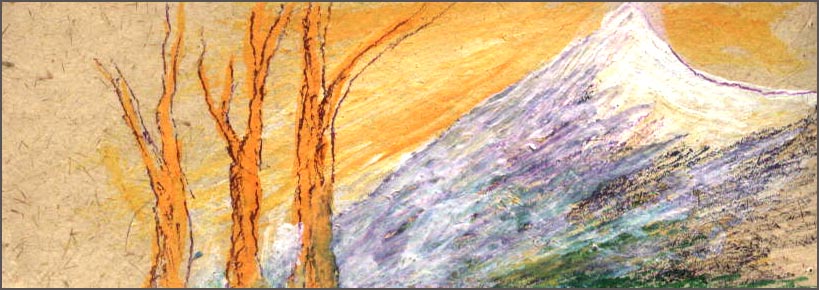

VISUAL RHYTHM IN STONES (A peep into Andhra Sculpture) Dr.Sanjiva Dev |
Sculpture is one of the finest aspects of Andhra Culture. The art of sculpture is also one of the main visual arts - architecture and painting. Architecture is not so much a pure fine art as a utilitarian one and thus its significance lies in its function rather than its structure. The third visual art is painting the most aesthetic one. The art of painting is solely a visual art and not a tactile one; it can only be seen and cannot be touched. Thus here lies the unique aspect of the art of sculpture which is both visual and tactile and hence sculpture is a three - dimensional art. According to the art-historians, the art of painting originally belongs to China while that of sculpture does to India, that too to Andhra.How ever it is not so much the remoteness of antiquity as the merit of dexterity of craftsmanship and depth of aesthetic appeal which really matters in the evaluation of art. No
doubt, each part of India has got its own type of art, meritorious
in its own type of art, meritorious in its own way of excellence,
epical and Lyrical, ethical in theme and aesthetic in form while
the Andhra sculpture has mostly achieved the splendor of synthesizing
all of those effulgent aspects in its art-creations. Thus is sheer
ignorance on our part if we believe that the Andhra sculpture alone
is the most glorious one!
|
classical, neo-classical, romantic, modern and ultra modern and post modern. It is believed that the oldest works of sculpture were executed in the medium of ivory instead of stone. Thus ivory carving did precede further the stone carving. Various media were used - stone, clay, bonus, metal wood etc., The Andhra sculpture can mainly be divided into Satavahana, lkshwaku, Vishnukundi, Pallava, Vengi, Chalukya, Kakatiya,Vijayanagara etc.,The greater part of Andhra art is Buddhist and yet under reign Buddhist sculpture did flourish abundantly in Krishna valley. In those days Emperor Ashoka used to send Buddhist preachers to all parts for spreading the sermon of Lord Buddha and in that context the country Andhra grew enthusiastic in giving concrete form in stone and stucco, colour and contour to the great Buddhadhamma. Consequently the Buddhist Stoups at Amaravati were erected by the Satavahanas and the Buddhist Viharas at Nagarjunakonda were constructed by the lkshwakus. Strange it was, the Kings were Hindus while their queens were Buddhists!While Buddha was alive he was against the act of idol-worship and thus the Hinayana Buddhism did never encourage the idolatry. But after the death of Buddha and with the advent of Mahayana Buddhism, the act of worshipping the idol of Buddha himself did come into Vogue! Man’s appetite for enjoying the form, whether in nature or art, was unable to get avoided man failed to live content with the amorphous and the even the Buddhists whose |
cult
mainly was abstracts, could not re3main for long far from the charm
of form. The creation of Buddhist sculpture, thus made its manifestation
in due course after the parinirvana of Lord Buddha.
It is said that architecture is the mother of all arts, especially those arts that belong to space, sculpture and painting. Thus in the times some shelters were needed for sheltering the special arts.In the Buddhist times the structures of Stupa,Chaity a Vihara made their appearance. Among these architectural creations the structure of Stupa has got great prominence. Vihara was one in which the Buddhist monks used to meditate and eventually the Stupa was intended to keep the relics of Buddha in the grave. Although the a aforesaid structures were constructed empty in the beginning, along with the enfoldment of aesthetic sensibility in man the inhabitants of those abodes began to fill the empty spaces with plenty of images born of their terrestrial-cum-celestial imagination. Out of the imagination manifests the image and again out of the image manifests the imagination. As Amaravati happened to be the centre of interest of Andhrasculpture, the structure that ontains these sculpture is a Stupa or Stupas brought into existence by the Sata-wahana kings towards the end and beginning of the pre-christen and the Christian eras respectively.The name of the first Satavahana king of Amaravathi was Gautamiputra Satakarni, his son was Vasishtiputra pulamavi and the last Satavahana ruler was Yagnasri Satakarni. |